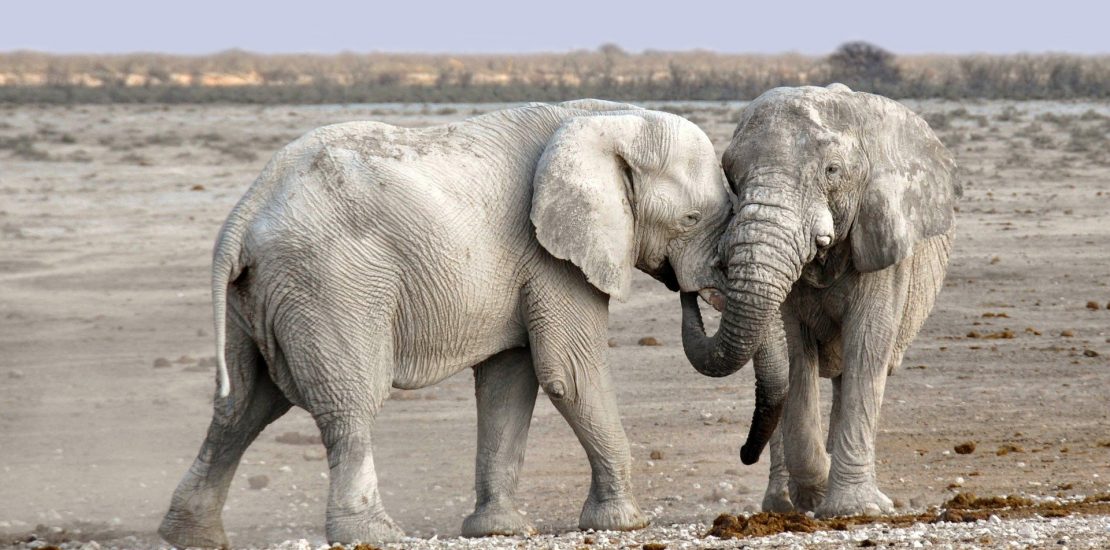- December 29, 2020
- Posted by: admin
- Category: ABC Articles

Tanzania’s Community Wildlife Management Areas
With 16 national parks, 29 game reserves, 40 controlled conservation areas, marine parks and the highest summit in Africa among others make Tanzania a tourist haven. To be able to tap the business opportunities, the Government has put a lenient legal framework to ensure that the tourism industry grows prospectively. To be able to operate in the tourism industry, an operator must make an electronic application through The Ministry of Natural Resources and Tourism-Portal which can be accessed through the Ministry’s website on the following link: www.must.go.tz. Tourism operator’s license registration requires completion of the following;
- Submit a request for registration
- Individual or partnerships are required to complete and submit original registration and license application form together with Taxpayer Identification Number (TIN) Certificate, the project’s Business Plan/Feasibility Study, Lease agreement, Proof of business premises, Proof of having a 4WD fleet of vehicle, Insurance Cover, Proof of nationality of each shareholder and necessary permits like passport, work permit, national id.
- The limited company are required to complete and submit original registration and license application form together with Certificate of incorporation, Memorandum and Articles of Association or charter or statutes, List of Company Directors (original) Showing their titles, TIN numbers and qualifications
- Obtain payment invoice
- Pay licensing fees; the price for a license is TZS 4,650,000.12 or USD 2,000 for a citizen-owned business.
- Payment methods: cash
- Obtain receipt
- Submit signed invoice
- Obtain a tourism license (tour operator)
- Physical inspection of business establishment (office) & vehicles
In regards to vehicles it is provided that Tour vehicles must not be more than 5 years old from the date of registration, must be registered under company names, and that the company or licensee must have a fleet of not less than 3-5 or more vehicles within a period of 24 months since registration.
It is important to note that, registration and licensing for tourism activities and facilities are granted based on each separate activity or facility. Furthermore, foreigners are restricted from operating as travel agents, mountain climbing or trekking companies, tour guides, or car rental providers.
Tanzania’s Community Wildlife Management Areas
Wildlife Management Areas (WMA) are areas of communal land set aside exclusively as habitat for wildlife by member villages. Following the principles of community-based natural resource management (CBNRM), the key underlying assumption of the WMA concept is that providing local communities with economic benefits and involving them in management will promote both the long-term health of wildlife and habitat and rural economic development.”
Without fences controlling the movement of large iconic African mammals such as elephants, zebras, and lions, multiple villages preserving large tracts of land together can collectively capitalize on potential tourism opportunities and more effectively protect wildlife in the area. Such ventures had few safeguards to ensure economic or environmental sustainability. WMAs allow communities to secure user rights to the wildlife resources on their land, and the legal framework allows communities to benefit directly from any enterprise that is based on wildlife. WMAs are established to enhance conservation and poverty alleviation through sustainable utilization of natural resources.
Why Invest in Wildlife Management Areas?
- Strategic location: Almost all WMAs form corridors between two or several national parks and game reserves. They are a crucial landmark for the complete ecosystem but also amongst most wildlife populated areas in the country where tourists can encounter diverse species of wildlife in a short distance of the game drive in the areas.
- Clear and shortened investment procedures: Investment procedures in WMAs have been greatly simplified to ensure that negotiation between investors and the societies takes place smoothly, quickly, and conveniently. It takes an average of 25 to 30 days from commencement of negotiation to contract to sign between investors and the respective WMA, hence saving time and negotiation costs.
- Investors investing in wildlife management areas are directly supporting the social-economic wellbeing surrounding local communities/villages since WMAs are 100% managed by Communities/villages and they directly benefit 75% of the total revenue from the respective WMA and have the mandate to plan utilization of those collections. The remaining 15% goes to the central government.
In nutshell, the majority of tour operators find the licensing process complex because while tour operators had to obtain a Tourist Agent Licensing Authority (TALA) and BRELA license, they were also required to register with the Tourism Board. Depending on size, each tour operator had to pay $500–$10,000 a year as the TALA licensee, after paying the BRELA fee. Each branch of the tour operator also had to pay for the TALA license as an individual entity. This entry requirement was so high that a large number of starters with limited capital operate outside the legal system, thereby offering products of a lower value.
